How Do Birds Mate? Birds have always captivated human curiosity with their beauty, song, and flying ability. However, one of the most intriguing aspects of bird life lies in their mating rituals and reproductive strategies. The world of bird mating is one of elaborate courtship displays, meticulous selection processes, and incredible diversity in behavior. In every corner of the globe, birds engage in unique and sometimes astonishing activities to attract mates and ensure the survival of their species.
Mating in birds is more than just an act of reproduction; it’s a carefully choreographed process that involves intricate displays, vocalizations, and behaviors. From the vibrant peacock fanning out its iridescent tail to the synchronized duet dances of the albatross, the avian world offers a mesmerizing look into nature’s strategy for ensuring the continuation of species.
In this comprehensive guide, we will explore the anatomy of bird reproduction, the role of courtship, different mating systems, the act of mating, nesting, and parenting, and the incredible adaptations birds have developed to protect their offspring. By the end, you will gain a deeper understanding and appreciation of how Birds Mate perpetuate their lineage and maintain their place in the ecosystem.
Table of Contents
Anatomy of Bird Reproduction
Birds have evolved unique reproductive systems tailored to their aerial lifestyle. Unlike mammals, which possess complex internal reproductive organs, birds have a more straightforward arrangement. Both male and female birds have a cloaca, an orifice used for excretion and reproduction.
How Do Birds Mate: Male Reproductive Anatomy
Male birds have paired testes located within their abdominal cavity. During the breeding season, these testes can dramatically increase in size, producing millions of sperm. The sperm is transported to the cloaca, a chamber that serves as the exit point for digestive waste and reproductive fluids.
Interestingly, most bird species do not possess an external penis, with exceptions such as some waterfowl and flightless birds like ostriches. Instead, male birds rely on a process known as the “cloacal kiss” to transfer sperm to the female.
Female Reproductive Anatomy
Female birds have a single functioning ovary (usually the left one) and an oviduct through which the eggs travel before being laid. The reproductive organs of female birds also undergo significant changes during the breeding season. The ovary produces ova, fertilized by the male’s sperm within the oviduct. Once fertilized, the egg receives layers of albumen (egg white), membranes, and a shell as it passes through the oviduct before being laid.
Courtship: The Art of Attraction
One of the most captivating aspects of bird mating is their elaborate courtship rituals. Courtship is an essential part of the mating process, allowing birds to find and select compatible mates. These rituals are random displays and carefully evolved behaviors demonstrating potential mates’ fitness, health, and genetic quality.
How Do Birds Mate: Visual Displays
Visual displays are among the most iconic courtship behaviors in birds. For instance, male peafowls (peacocks) are renowned for their spectacular tail displays. The peacock spreads its tail feathers to reveal an iridescent fan marked with eye-like patterns. The size, color, and symmetry of these eye spots often indicate the health and genetic quality of the male, and females carefully select males based on these features.
How Do Birds Mate? Birds of paradise, native to New Guinea, also provide some of the most extraordinary visual displays. Males of various species perform elaborate dances, contort their bodies, and present their vibrant plumage in a captivating show to attract females. These displays serve a dual purpose: to demonstrate the male’s fitness and to allow females to assess their potential mate’s suitability.
How Do Birds Mate: Vocal Displays
How Do Birds Mate? Birdsong is another critical component of bird courtship. Male birds often sing complex songs to attract females and establish territories. These songs serve as a way for males to demonstrate their vocal prowess, stamina, and overall health. In many species, the quality, complexity, and variety of the male’s song directly influence female choice.
Nightjars, for example, are known for their melodic and repetitive calls that echo through the twilight. Similarly, male nightingales produce intricate and powerful songs to attract females. The male’s ability to sustain complex melodies indicates good health and genetic fitness, which are critical factors for females selecting a mate.
Dance and Rituals
Dance plays a significant role in the courtship of several bird species. The albatross mates for life and performs ritualized dances to strengthen the pair’s bond. These dances include synchronized head-bobbing, wing-spreading, and bill-clapping. The more perfectly synchronized the dance, the more likely the pair is to remain bonded and successfully raise offspring together.
Sandhill cranes also have intricate dance routines that involve leaping, bowing, and wing-flapping. These courtship dances help establish bonds and communicate readiness for breeding.
Courtship Feeding and Gift-Giving
Some birds engage in courtship feeding, where a male offers food to the female as part of the courtship ritual. This behavior demonstrates the male’s ability to find food and helps build a bond between the pair. For example, male kingfishers catch fish and present them to potential mates to display their hunting skills and resourcefulness.
How Do Birds Mate? Another form of courtship behavior involves gift-giving. Male bowerbirds, native to Australia and New Guinea, construct intricate bower structures. These are not nests but elaborate displays built from twigs decorated with brightly colored objects like flowers, berries, shells, and even human-made items like bottle caps. The female inspects the pavilion and its decorations, assessing the male’s creativity, skill, and effort before deciding whether to mate.
How Do Birds Mate: Mating Systems in Birds
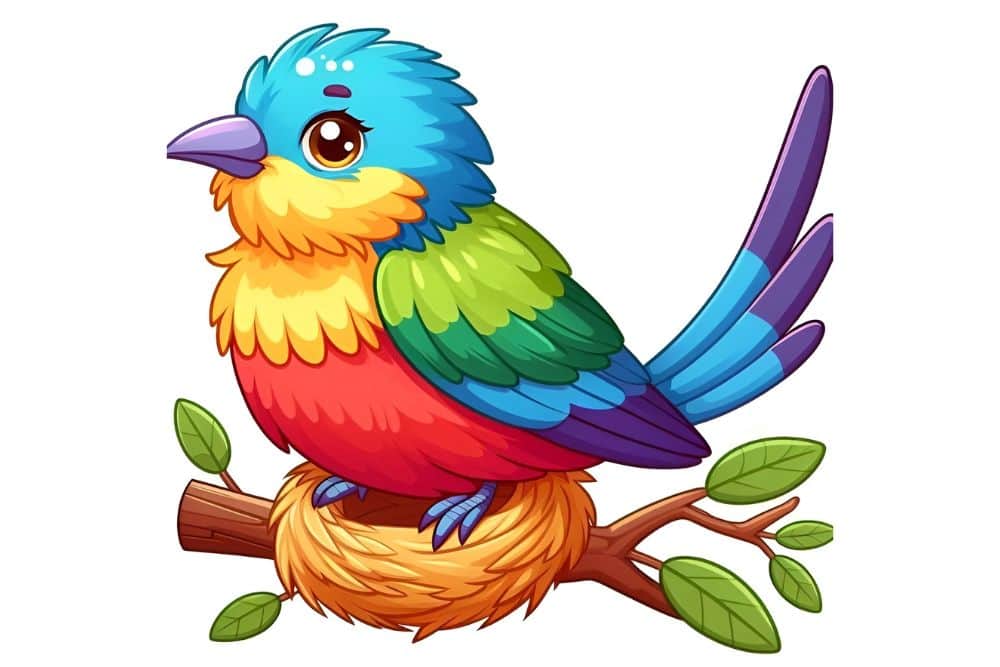
How Do Birds Mate? Birds exhibit various mating systems, each adapting to unique environmental conditions and evolutionary pressures. Understanding these systems provides insight into the reproductive strategies that maximize survival and reproductive success.
Monogamy
Monogamy is the predominant mating system among birds, with over 90% of species displaying some form of it. In a monogamous pair, a male and female form a close connection, either for a single breeding season or, in some instances, for their entire lives. This partnership enables both parents to equally share critical duties, including incubating the eggs, feeding and caring for their chicks, and safeguarding the nest from threats. Swans are classic examples of monogamous birds, often forming lifelong partnerships. Their strong pair bonds are reinforced through synchronized movements and vocalizations. Bald eagles are a prime example of birds that form lifelong monogamous bonds, consistently returning to the same nest each year to raise their offspring.
Polygyny
A male establishes a polygynous mating system by mating with multiple females. This system is standard in species where males can control resources or territories that attract numerous females. Red-winged blackbirds, for instance, are polygynous. Males establish territories in marshlands and offer nesting sites to attract innumerable females. How Do Birds Mate with all the females within their territory and actively defend the area against rival males?
Polyandry
Polyandry, where a female mates with multiple males, is a rare but fascinating mating system. This behavior is evident in species like the spotted sandpiper and jacana.
In these species, the female lays her eggs in the nests of multiple males, each of whom is responsible for incubating the eggs and raising the young. This system often arises in environments where the cost of reproduction is high for females, and additional male support is advantageous.
Promiscuity
In a mating system, males and females participate with multiple mating partners. Hummingbirds, for example, do not form lasting bonds Males perform courtship displays to attract females, but after mating, the female takes full responsibility for building the nest and raising the chicks on her own.
How Do Birds Mate: The Act of Mating
Despite the diversity in courtship rituals and mating systems, mating in birds is relatively straightforward. Mating begins once a male has successfully attracted and won over a female.
The male mounts the female during mating and aligns his cloaca with hers.
This alignment facilitates sperm transfer in a process known as the “cloacal kiss,” which typically lasts just a few seconds. The brief duration of the act reduces the risk of attracting predators and conserves energy, which is crucial for birds that must remain agile and alert to potential dangers.
Some species, like ducks and ostriches, have more specialized reproductive anatomy. Male ducks possess a corkscrew-shaped penis, which helps ensure successful fertilization despite the female’s complex reproductive tract.
Nesting and Parenting
How Do Birds Mate? After mating, birds focus on building nests and raising their young. Nesting strategies vary widely across species and are influenced by environmental conditions, predation risks, and resource availability.
Nest Building
Bird nests are diverse in form and function. Some species, like woodpeckers, carve out cavities in tree trunks, providing safe and secure nesting sites. Conversely, swallows build cup-shaped nests out of mud on vertical surfaces like cliffs or buildings.
Ground-nesting birds, like plovers, make shallow scrapes in the ground to lay their eggs. These nests are typically well-camouflaged to help protect the eggs from predators. Weaver birds construct elaborate hanging nests, woven from grasses and leaves, that swing from tree branches.
Parental Care
How Do Birds Mate? Birds exhibit a range of parenting strategies. In some species, both parents share the responsibilities equally; in others, one parent takes on most of the care. For example, penguins are known for their shared parenting duties, with males often incubating eggs for extended periods while females forage for food. In contrast, species like the hummingbird rely solely on the female to feed and protect her young.
Reproductive Success and Adaptations
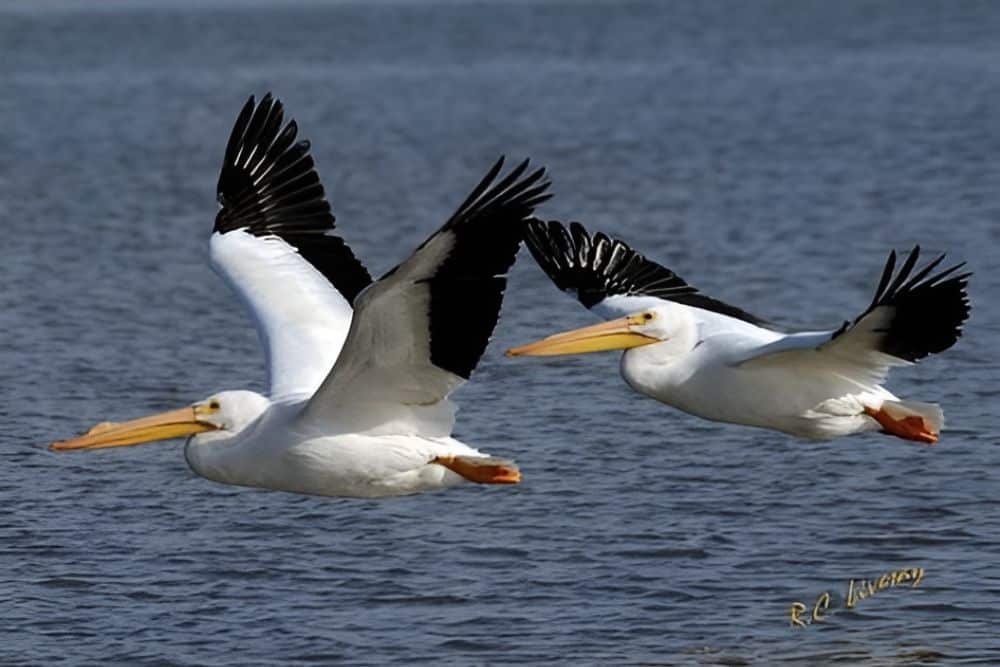
Birds encounter various challenges in ensuring the survival of their offspring. Predation, environmental conditions, and resource competition significantly impact reproductive success. Over time, birds have evolved numerous adaptations to enhance the likelihood of their eggs hatching and their chicks surviving.
For instance, many bird species lay eggs with camouflaged shells that blend seamlessly with their surroundings, minimizing the risk of predation. The killdeer, a ground-nesting bird, employs distraction displays to divert predators away from its nest. When a predator approaches, the adult killdeer pretends to be injured, drawing attention away from the nest and leading the predator in the opposite direction. words limits30k words limit Deep Searched Searched predator in the opposite direction.
Conclusion
In conclusion, bird mating is a complex and varied process, involving courtship, communication, and synchronized biological functions. How Do Birds Mate The mating behavior of birds is essential for reproduction and species survival, and it can be highly specific to the species. The male’s role in courtship and the female’s acceptance are key to the successful reproduction of the species.




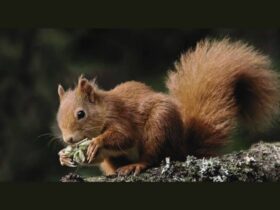
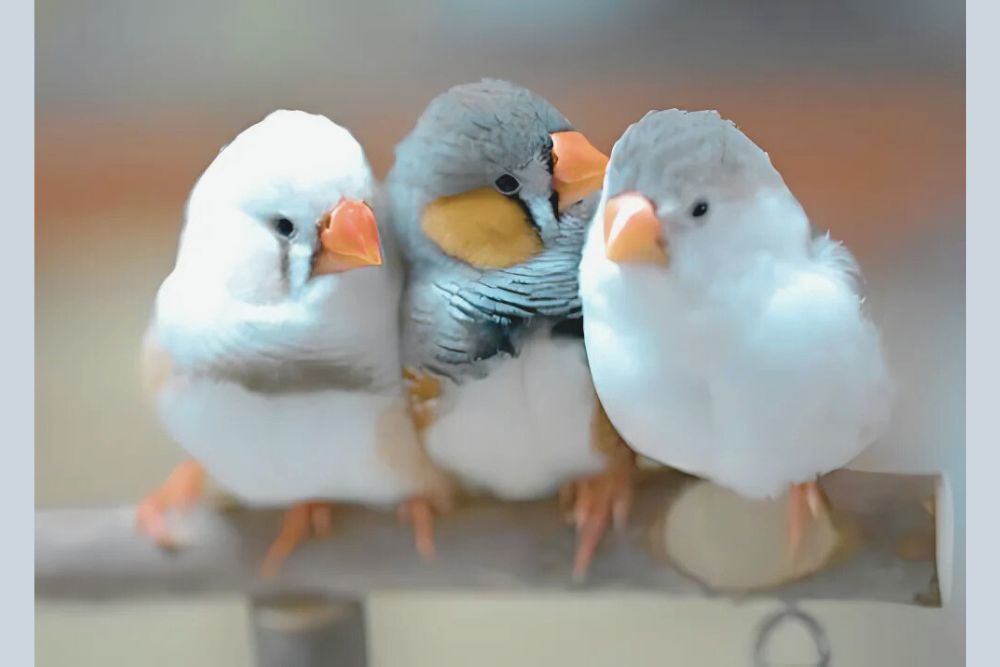





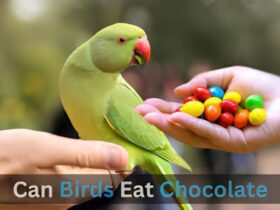
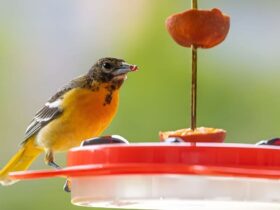

Leave a Reply